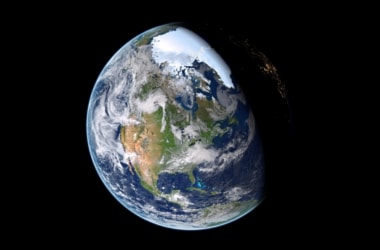
The sixth mass extinction of life on Earth is unfolding more quickly than feared, scientists have warned.
More than 30% of animals with a backbone - fish, birds, amphibians, reptiles and mammals - are declining in both range and population, according to the first comprehensive analysis of these trends.
This is the case of a biological annihilation occurring globally.
Around a decade ago, experts feared that a new planetary wipeout of species was looming.
Today, most agree that it is under way - but the new study suggests that the die-out is already ratcheting up a gear.
It provides much-needed data about the threat to wildlife, mapping the dwindling ranges and population of 27,600 species. For 177 mammals, researchers combed through data covering the period 1900 to 2015.
The mammal species that were monitored have lost at least a third of their original habitat, the researchers found.
Forty per cent of them - including rhinos, orangutans, gorillas and many big cats - are surviving on 20% or less of the land they once roamed. The loss of biodiversity has recently accelerated.
Several species of mammals that were relatively safe one or two decades ago are now endangered,” including cheetahs, lions and giraffes.
Globally, the mass die-off - deemed to be the sixth in the last half-billion years - is the worst since three-quarters of life on the Earth, including the non-avian dinosaurs, were wiped out 66 million years ago by a giant meteor impact.
On an average, two vertebrate species disappear every year.
Tropical regions have seen the highest number of declining species. In South and Southeast Asia, large-bodied species of mammals have lost more than four-fifths of their historical ranges.
While fewer species are disappearing in temperate zones, the percentage is just as high or higher.
As many as half of the number of animals that once shared our planet are no longer here, a loss the authors described as “a massive erosion of the greatest biological diversity in the history of Earth”.
By comparison, there are as few as 20,000 lions left in the wild, less than 7,000 cheetahs, 500 to 1,000 giant pandas, and about 250 Sumatran rhinoceros.
Causes of Extinction- The main drivers of wildlife decline are habitat loss, overconsumption, pollution, invasive species, disease.
- Also a cause is poaching in the case of tigers, elephants, rhinos and other large animals prized for their body parts.
- Climate change is poised to become a major threat in the coming decades.